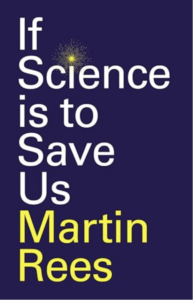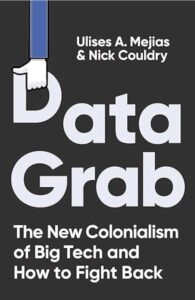Up the garden path

Quote of the Day
”Being short never bothered me for three seconds. The rest of the time I wanted to commit suicide.
- Mel Brooks
Musical alternative to the morning’s radio news
Michel Legrand | “The Windmills of Your Mind” (from The Thomas Crown Affair) | Renaud Capuçon
Long Read of the Day
The Bubble This Time
Scott Galloway writing about the here and now.
Sample:
Airplanes follow flight patterns, calculated to maximize safety and passenger comfort while minimizing fuel use. Atmosphere is not a static medium, however, and sometimes planes encounter localized areas of rapid air movement, aka turbulence. A sudden downdraft can cause a plane to drop hundreds or thousands of feet in seconds, an event known as hitting an air pocket. Most are harmless, but strong downdrafts can be terrifying and dangerous. Just this week, a Singapore Air 777 dropped so sharply that one passenger was killed and six more sent to the hospital.
Modern airplanes recover from hitting an air pocket in seconds, but frothy markets take longer to find their footing. Here’s one scenario: A major non-tech company (e.g., Walmart, JPM, Procter & Gamble) will announce it is paring back on its AI initiatives. Shuttering its AI team, calling off a joint venture, etc. “We remain optimistic about the long-term impact of AI on our business, but we are not seeing the ROI initially projected and are scaling back our level of capital investment in this technology.” The same cycle that drove prices up will pare them, only faster: Analysts will identify which AI players were selling to the company, and every CEO on every earnings call that week will be asked if they’re cutting back their AI spend. Trend reversals travel through earnings calls like cold viruses through kindergartens, and by the end of the month, no CEO will want to be on the last helicopter out of AI Saigon. AI stocks will decline, and once they do, speculators will begin selling, creating a stampede for the exits. Trillions of dollars in market cap erased in weeks. Someone will time it perfectly. Most won’t.
A cautionary read. I particularly liked this: “Trend reversals travel through earnings calls like cold viruses through kindergartens.”
Books, etc.
Hari Kunzru: The Books of my Life
A terrific novelist on rereading the classics, his teenage love of outsiders, and discovering the brilliance of Anita Brookner.
My commonplace booklet
Why did satirical genius Tom Lehrer swap worldwide fame for obscurity?
Lovely essay about him by playwright Francis Beckett, whose play, “Tom Lehrer Is Teaching Math and Doesn’t Want to Talk to You” is on at Upstairs at the Gatehouse in Highgate Village, London, from 28 May to 9 June.
What I loved most about Lehrer (apart from his songs) was that he didn’t seem to care about money.
Linkblog
Something I noticed, while drinking from the Internet firehose.
- The trailer for Idea Man, Ron Howard’s biography of Jim Henson. A must-watch.
This Blog is also available as an email three days a week. If you think that might suit you better, why not subscribe? One email on Mondays, Wednesdays and Fridays delivered to your inbox at 6am UK time. It’s free, and you can always unsubscribe if you conclude your inbox is full enough already!














 h/t Brad DeLong
h/t Brad DeLong
